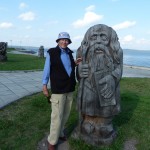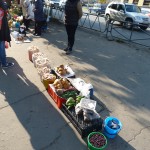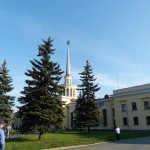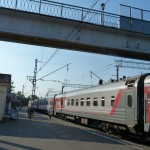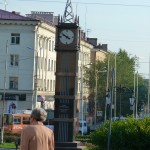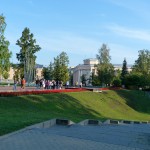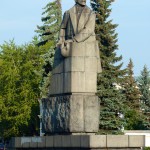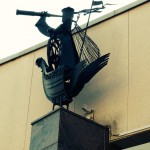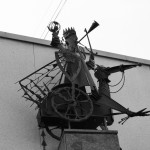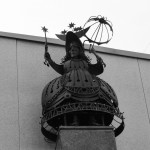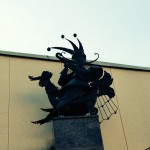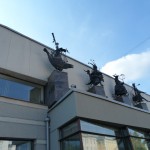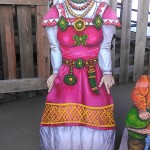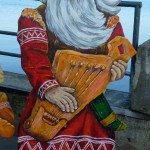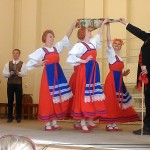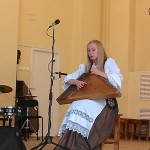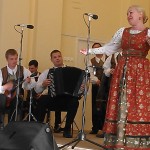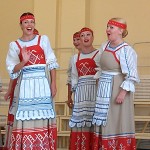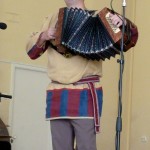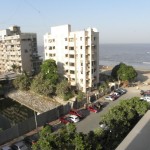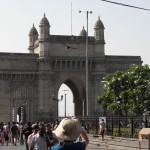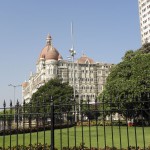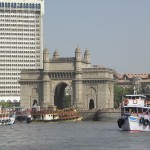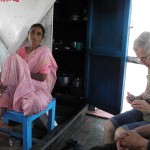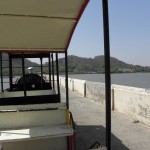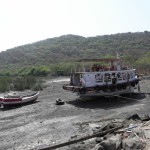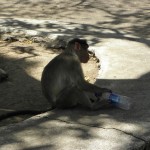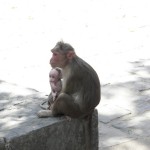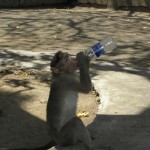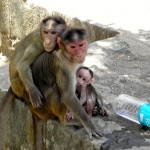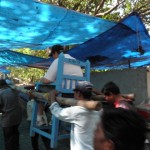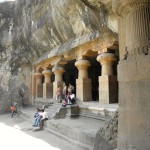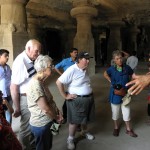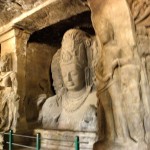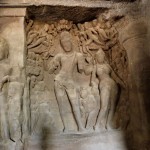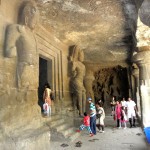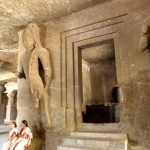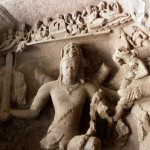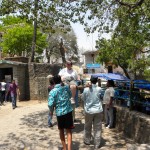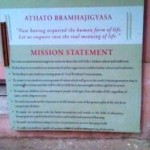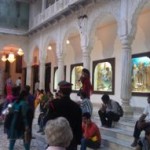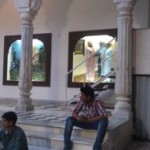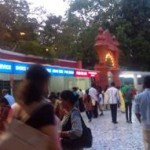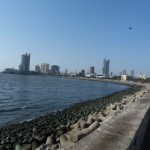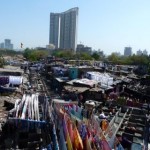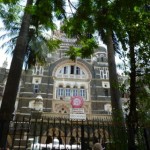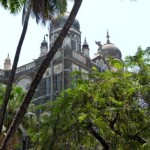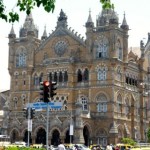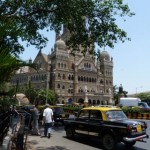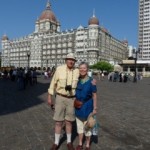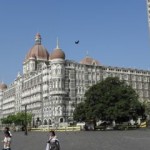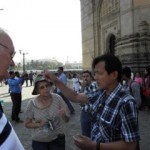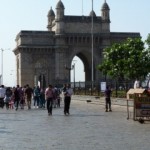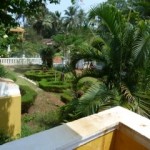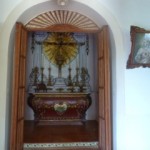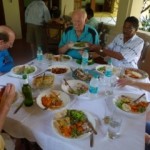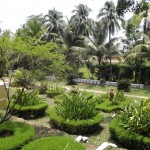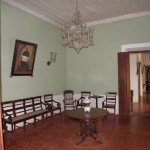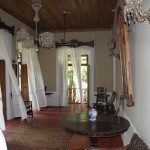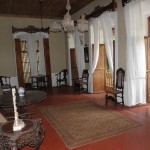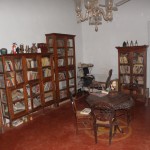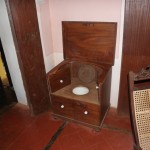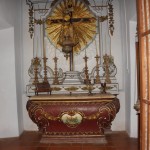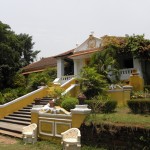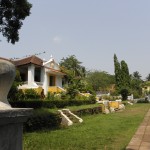Mumbi is more, much more, than I expected. Somehow I had dismissed this megapolis as overcrowded, traffic congested, slum ridden and very focused on powerful mega-money and famous film stars. All of that is true but it is so much more. We left wishing that we could have spent two or three more days exploring the historic Fort area on foot. Walk abouts are the best way to really see, smell, taste and treasure a neighborhood.
What a day of intense contrasts! We started the morning at one of Bombay’s many Dhobi Ghats, “the world’s largest outdoor laundry.” Established by the early 19th century English, the system is still going strong and here in Bombay is done primarily by men. Like in Kochin, Dalits rent space from the government and develop their own clientele ranging from the railroad (sleeper cars) or hotels to individual families.
We then made a too quick visit to Mani Bhavan, the famous mansion from which Mahatma Gandhi established his nonviolent resistance movement. It felt like sacred space. He had resided there for 17 years and today it is a museum celebrating Gamdi’s life and accomplishments.
Off to the Hanging Gardens of Mumbai, terraced gardens atop Malabar Hill are dotted with fountains and flowerbeds, and one cobbled walkway and surrounded by incredible mansions of some of the world richest families.
Shivaji Terminus, now known as Victoria Terminus in honor of Queen Victoria, or “Bombay VT” to the locals. This historic railway station and home base of Mumbai’s Central Railway boasts stunning Victorian Gothic architecture and beautifully ornamental fixtures, some of which were painstakingly crafted by students at the Bombay School of Art.
Certainly one of the most amazing, unique to Mumbi discoveries, was witnessing the tiffin delivery service from the local train station. Dabbawalas are the men who make sure that nearly 200,000 people get their lunch in time delivered from their home to their offices or schools, everyday. It is a step process. A dabbawala picks up the packed Tiffin, takes it to the train station, puts it on the train. It is picked up at the train station by a different dabbawala who takes the tiffins to those wallas who deliver them to the final destination. After lunch the empty tiffins are delivered back to their home. This is done every working day for a fee of about $10 per month. A dabba is simply a tiffin box carrying home-cooked food, which is to be delivered from the home to a person in an office or a school. And a dabbawala is a person who picks up the food from the home, and ensures that it is delivered to the right office, to the right person on time. The operation started in 1890 by the English Today 5,000 Dabbawalas deliver 200,000 daily tiffins.
Click this line to view a YouTube video of this amazing system.
After a full morning and early afternoon we boarded Air India at 10 PM for Delhi with a two hour layover, Transfer to our JFK flight consumed the ENTIRE two hours as we went through their redundant search process. We arrived in NYC this morning to a crisp clear day and will be in San Diego tonight by 10 PM tired but grateful for an exciting adventure.
-
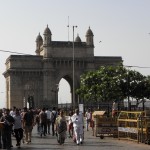
-
The Bombay Gate
-
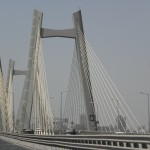
-
Bridge to Marine Drive
-
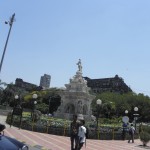
-
Flora Fountain
-
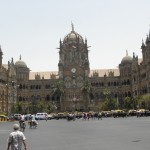
-
Victoria Terminus
-
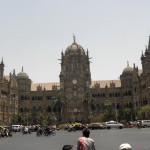
-
“Bombay VT”
-
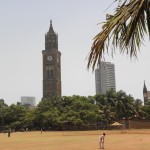
-
Mid-city Soccer
-
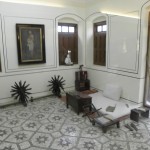
-
Home to Mahatma Gandhi’s Resistance Movement
-
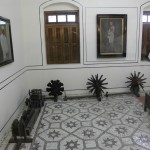
-
Ghandi Treasures
-
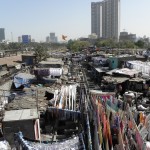
-
Dhobi Ghat of Mumbai
-
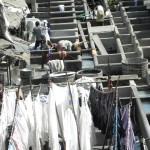
-
Drying Lines Dhobi Ghat
-
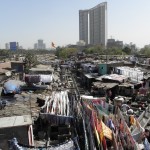
-
Cheek to Jowl–Luxury and Poverty
-
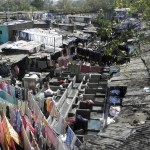
-
Closer Dhobi Ghat
-
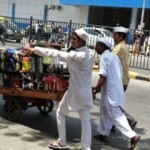
-
Dabbawalas Delivery Service
-
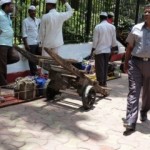
-
Dabbawala Distribution
-
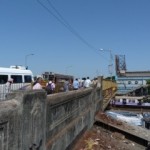
-
Dabbawalas Meet the Trains
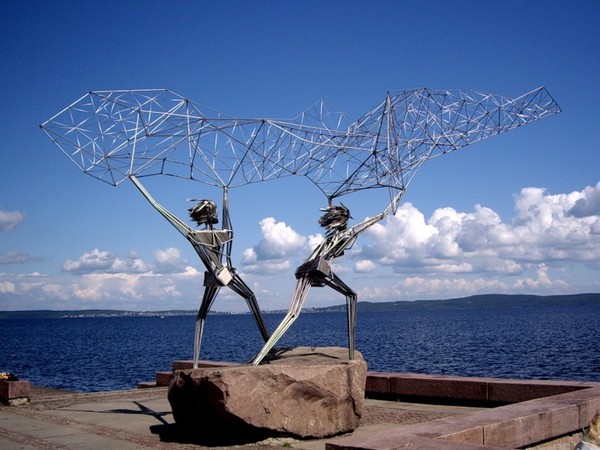 Petrozavodsk is the capital of the Republic of Karelia extending along the western edge of Lake Onega. It is one of Russia’s thriving cities with many green parks and inviting squares flanking its broad, tree-lined avenues. With a university, the city has a large energetic student population and its proximity to Finland lends a markedly European atmosphere.
Petrozavodsk is the capital of the Republic of Karelia extending along the western edge of Lake Onega. It is one of Russia’s thriving cities with many green parks and inviting squares flanking its broad, tree-lined avenues. With a university, the city has a large energetic student population and its proximity to Finland lends a markedly European atmosphere.
